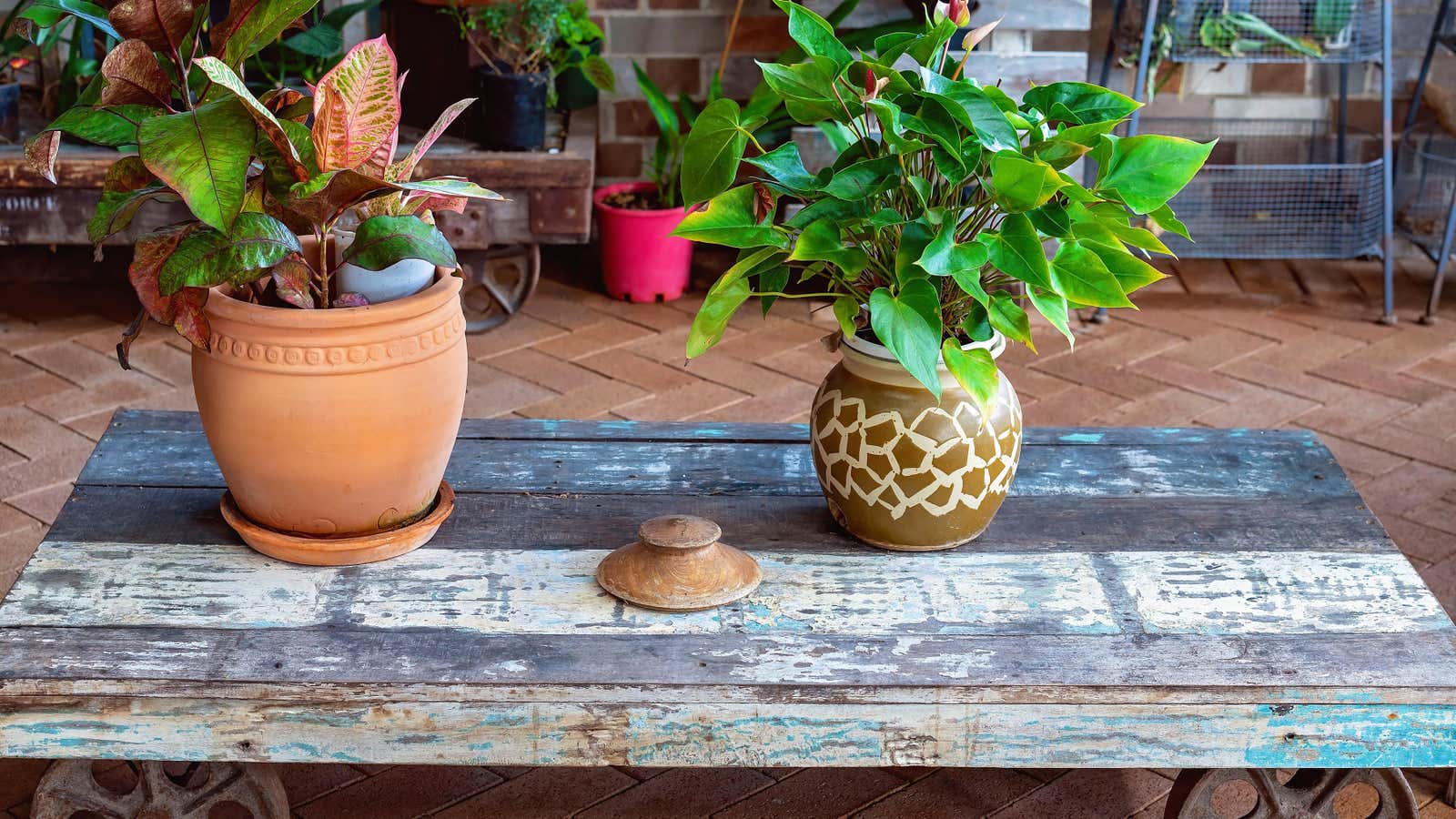How to Properly Move Indoor Plants Outdoors for the Summer Because You’re Doing It Wrong

Sunshine and summer rain are great for growing outdoor plants, but it’s also a great time to get some fresh air for your indoor plants. Unfortunately, some plants go outside and never come back … because you killed them. The timing and placement of your plants are important, along with a few other factors, so here are some tips on how to get your indoor plants outdoors and keep them alive throughout the season.
What is the best time to bring indoor plants outside?
When it comes to the weather and your plants, timing is everything – just like you must choose the right time to plant your seeds, you must choose the right time to take your indoor plants outside.
While spring seems like the best time to plant, the houseplant is used to much warmer climates and won’t hold up if temperatures fluctuate. Prepare your indoor plants for outdoor life by bringing them out for a short time before leaving them there for several months. Increase their time outdoors daily without leaving them overnight. Once the night temperature is consistently above 50 degrees , most of the plants can be safely taken outside to stay. The best time is usually closer to early summer, rather than early spring.
Avoid direct sunlight on indoor plants when they are outdoors.
Houseplants love fresh air in summer, but they are not used to prolonged sun exposure. Just like you don’t want to freeze plants, you also don’t want to burn them. Place indoor plants in shade , on a covered veranda, or under a large tree to mimic the light they usually get indoors. Feel free to move them around to get more sun on different days, but move them back to shaded areas to prevent sunburn in the long run.
How to control the humidity of indoor plants outdoors
A huge advantage of putting indoor plants outdoors is the natural watering process. Depending on your location, summer rain and humidity can be beneficial for indoor plants, but it is still important to keep an eye on the humidity of your plants.
The Bloomscape Planting Site offers a practical method for checking your plant’s soil. “Dip your finger into the soil about 2-3 inches and if it seems dry, water it thoroughly, then wait a day and check again.” Watering depends on your location and summer weather conditions, so this moisture test method should help you keep track of your plant’s needs. They also often mention that you need to spray your plants if you live in a “southwest or desert climate.”
Transplanting indoor plants for outdoor cultivation
If you’ve ever seen a plant bloom overnight, you know how fast it can grow, so consider getting a larger pot for plants that can grow quite large as replanting will give them room to grow during the summer.
However, abundant neoplasm growth means the plant will need more nutrients, so you should take this into account by adding additional fertilizer to your indoor plants to supplement their outdoor growth. The Apartment Guide home improvement website mentions: “If you see a spindle-shaped and pale plant growing, it may be lacking vital nutrients. You can usually fix the deficiency with a spoonful of organic compost fertilizer. ” Of course, make sure not to over feed them in the process.
When to return indoor plants to your home
Most importantly, you’ll want to bring most of the plants back in before the temperature drops below 50 degrees, and well before the first frost . You want your plants to thrive outside and then be ready to survive the cold months inside, safe and warm with you.